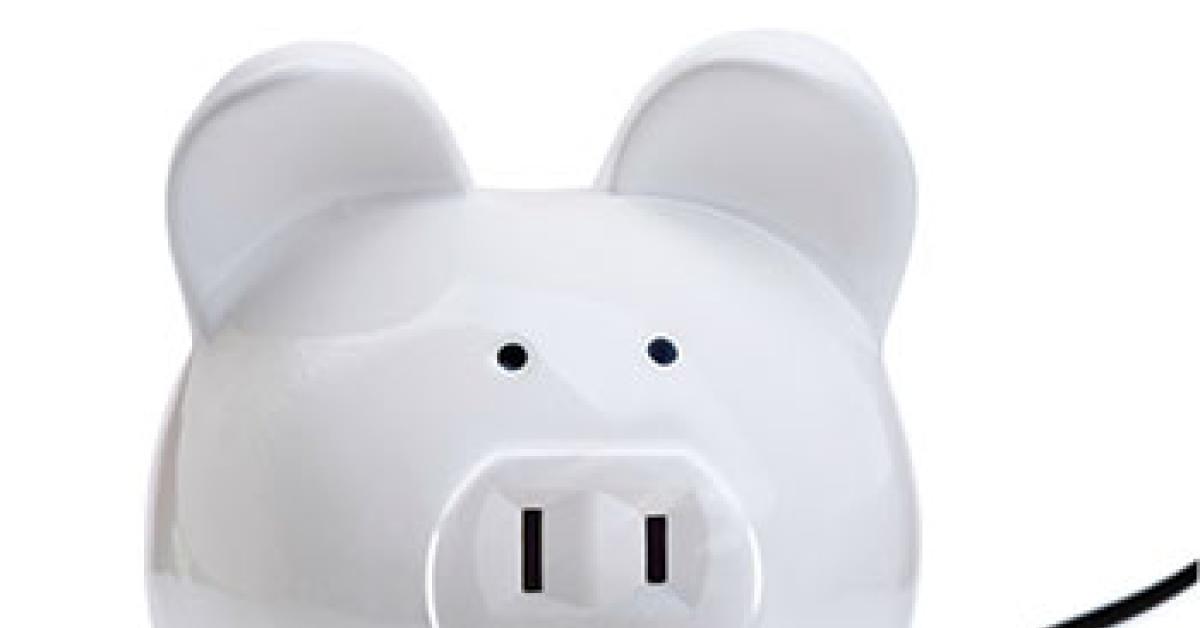CHICAGO — In today’s competitive business environment, it makes sense that every dry cleaning plant operator is seeking ways to increase profit. But one can increase prices only so much. And with any potential labor savings having generally been rung out of most plants, operators must find other ways. Simultaneously, environmental impact is a major concern.
One of the areas in which to save, yet one that is often overlooked or glossed over, is the high cost of energy: electricity, heat and water. Hence, prudent dry cleaning plant operators are, or at least should be, having a critical look at this expense and seeking ways to reduce this financial drain.
The best way to reduce this expense is to implement a pre-planned assessment (a.k.a. audit) of the energy consumers in your dry cleaning plant. Much of this you can do yourself. For those systems and equipment items that could prove more difficult to assess, most utility companies are more than willing to assist, usually at little or no cost to you.
INDUSTRIAL PLANT EXAMPLES
While not related to dry cleaning, here are some examples of the benefits that energy audits can provide:
- The Boise Cascade Paper Mill at Jackson, Ala., replaced missing pipe insulation and saved $80,000 per year. Cost of the work was $25,000, and the payback period was less than four months.
- Dow Chemical, Evansville, La. reports that by replacing, repairing and improving insulation on steam systems, the potential saving is $811,000 per year.
- United States Steel, Gary, Ind., reports that by using the proper type, size and thickness of insulation, and by improving maintenance of the related systems, there is a potential savings of $1.5 million per year.
And there are others. Where the numbers would not be nearly this large for your dry cleaning plant, these industrial complexes point out that measurable cost savings are there to be had.
CALLING ON THE EXPERTS
The assessment can be done by you, a qualified staff member, or one of several companies specializing in this work that you would hire. You may wish to ask for expert advice in some of these areas. The utility companies normally have personnel on staff who will carry out this assessment on your behalf. Charges for this service are reasonable, if not free.
It is prudent to understand how your utility costs are arrived at and how they can be substantially reduced. Madison Gas and Electric reports that most utility companies charge for natural gas based on the amount delivered. Electricity can be charged based on two measures: demand and consumption. The demand component is measured in kilowatt-hours based on a facility’s average demand in 15-minute increments during a billing period, while consumption is the number of kilowatt-hours that are actually used by the facility. This suggests that if your electric bill includes demand charges, work to reduce them whenever possible.
A CASE STUDY
In one of its “Fact Sheets,” The Eco-Efficiency Centre of Canada’s Dalhousie University, citing the Delaware Department of Natural Resources and Environmental Control, describes how an unidentified dry cleaner replaced its dry cleaning machines and lists the benefits received:
“A dry cleaning facility used three transfer cleaning machines and four drying units with a total capacity of 155 pounds. In advance of some environmental legislation deadlines, it replaced all three machines with three closed-loop dry-to-dry machines with a combined capacity of 160 pounds. All three new machines included improved cartridges and systems for recycling perc. The largest machine utilized a spin disc to enhance its recycling system and reduce the need for disposable cartridges. With the old machinery, the dry cleaner purchased 500 gallons of perc per month. With the new machinery, the company used a total of 50 gallons of perc over a four-month period resulting in a monthly saving of (more than) 480 gallons of solvent. This is saving $1,950 per month through the reduced purchases of solvent.
“The company’s hazardous waste generation was also greatly reduced, since fewer cartridges have to be disposed (of). Their hazardous waste disposal costs have been reduced by two-thirds, from $1,500 per month to $500 per month.
“The capital cost for this project was $150,000 U.S. The payback period, based on reduced purchasing and hazardous waste disposal is four years. In the first three years after the equipment was installed, 75% of the investment has already been recouped. The company has also reported a 20% increase in quality, measured by fewer returns for re-cleaning.”
THE BOTTOM LINE
The task of undertaking a comprehensive energy use assessment and making the necessary changes could be considered gargantuan (it isn’t). You may even take the approach that everything in your plant is just fine (the law of probability is that everything is not just fine). It cannot be repeated too often: there is evidence that equipment and systems in dry cleaning plants can waste energy and dollars. As in all businesses, as costs rise, profit declines. Check-ups, which are not that expensive, should be done frequently.
No matter how you go about getting it done, it is a must if you want to give your business the best chance to survive in this cost-conscious, competitive environment.
Audit every department in your dry cleaning plant and cure any deficiencies found so that every piece of equipment operates at maximum efficiency, keeping energy costs as low as possible. This is a never-ending task, yes, but reducing energy waste is one of the more obvious profit builders available to you.
Have a question or comment? E-mail our editor Dave Davis at [email protected].
